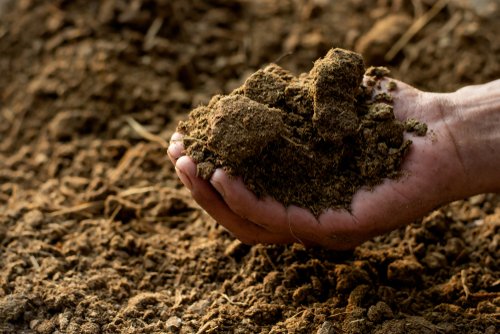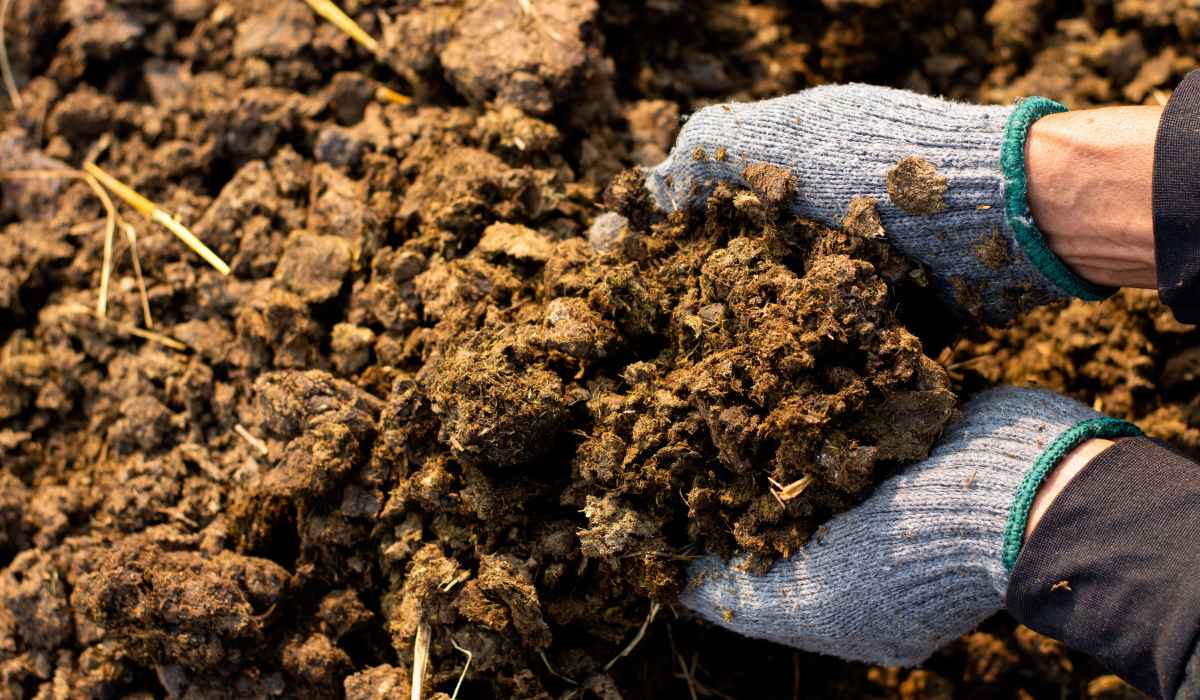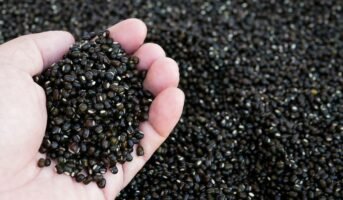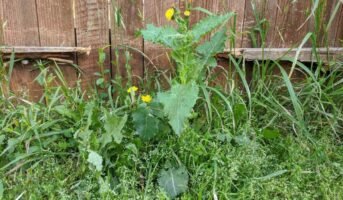Gardening and farming are no easy tasks. They require plenty of supplies and just as much effort. One of the most common and important supplies required is manure, which helps boost the growth of plants and crops. So, read on to learn more about what it is and types of manure.
What is manure?
Manures refers to organic wastes from plants and animals that are used to fertilise crops. As they break down, they provide useful nutrients. Manures may be classified as either bulky organic manures or concentrated organic manures based on the density of the nutrients.
Decomposing plant and animal matter is worked into the soil to improve its fertility and boost crop yields after the original plant or animal life has expired. The decomposing remains are a cheap and efficient source of fertiliser.
Farmers not only employ cattle manure, which is rich in nitrogen, phosphorus, potassium, and other critical elements that boost the soil quality, but they also use human and animal excreta as manure.
It’s an all-natural fertiliser that won’t break the bank. Animal waste is an excellent source of the three essential nutrients for plant growth: nitrogen, phosphate, and potassium. Due to the organic chemicals and humus included in manure, it may increase soil fertility.
These are better for the environment and will save money in the long term. It’s a natural material that can be replenished again and over again. Natural resources are unharmed by these organic materials, and they are beneficial to soil health.

See also: Green manure: Types, planting, benefits and drawbacks
Common sources of manure
Manure can be obtained from a variety of sources. These include:
- Cattle urine, dung and slurry from biogas plants
- Droppings of sheep and goat
- Wastes from human habitation like human urine, sludge, sewage, night soil and domestic waste
- By-products of agricultural industries
- Waste from the slaughterhouses like meat, bones, horn, fish waste and hoof meal
- Weeds, water hyacinth
- Crop waste
Types of manure
There are many different types of manures. These include:
1. Chicken manure
Chicken manure may be obtained for free from backyard hen keepers or purchased from speciality stores. Because of its high nitrogen and nutritional content, it is widely sought after as a fertiliser. Poultry dung has more phosphorus than other manures, which is essential for the growth of flowers and fruit.
See also: All about green manure
2. Manure from horses
Horse dung has more nitrogen and nutrients than cow manure, but it can be given to a garden right after it has dried up, unlike chicken manure, because of its 20:1 carbon-to nitrogen-ratio.
3. Bulky organic manure
Large volumes of organic manures that are low in nutrients are often applied. The most essential and extensively utilised bulky organic manures are farmyard manure (FYM), compost, and green manure.
4. Farmyard manure
Farmyard manure is the composted byproduct of feeding livestock roughages or fodder, as well as the faeces and urine of the animals. Most composted agricultural manure has around 0.5 percent nitrogen, 0.2 percent phosphorus, and 0.5 percent potassium. Nutrients are lost even when in storage via leaching and volatilisation. Losses can’t be avoided entirely, but they can be mitigated by better manure preparation practices on farms.
5. Green manure
Increasing the soil’s organic matter, this practice helps to reduce weed growth and keep the ground from washing away.
6. Compost manure
Water retention is increased, and the soil’s structure is strengthened via compost manure.
Read about: Green Manure Crops
Advantages of manure
- It enhances edaphic elements (water-holding capacity) of the soil.
- It makes the soil more permeable, allowing gas exchange to occur.
- The soil’s texture becomes better. Organic fertilisers affect the soil’s texture and reduce the soil’s ability to wash away.
- The use of synthetic fertilisers has a devastating impact on our rivers, posing a threat to aquatic life and lowering water quality overall. Hence, organic manure should be used.
- A good amount of macronutrients may be found in these, which add to the richness of the soil.
- It is cost-effective.
- It increases the soil’s capability to retain water and nutrients.
- It’s convenient to carry around.
- Methane gas, produced as a byproduct of manure, is useful in the kitchen and the home.
- Manure fertilises the soil, which in turn benefits the plants cultivated there.
See Also: What is peat?
Disadvantages of manure
Not all organic manures are created similarly. So, they can have different effects. Organic fertiliser is usually deficient in nutrients and since the nutrients are complex in the organic chemical structures, these manures may not offer the same effect as chemical fertilisers.Moreover, while making manure yourself is possible, it is a messy and time-taking process that usually offers inconsistent results.
FAQs
Is cow dung the most effective type of manure?
Cow dung is the most effective manure for gardening. It can also be used as a nutrient-rich fertiliser when decomposed and applied to crops.
How long does composting take?
Composting manure takes three months in hot, humid conditions. In poor circumstances, composting might take a year. Horse faeces compost easily. It takes 4-6 weeks to compost.
What is manure made from?
Manure is composed of animal faeces and urine and may contain livestock bedding, additional water, and wasted feed.
How to make manure at home?
Pot or vermicomposting may create manure at home. For pot composting, separate dry and moist kitchen trash into two kitchen containers. Start decomposition using dry leaves, cow manure, and buttermilk equal to the waste. Turn and add dry leaves every day for 30–45 days. Home manure is ready in 2 months.
Housing News Desk is the news desk of leading online real estate portal, Housing.com. Housing News Desk focuses on a variety of topics such as real estate laws, taxes, current news, property trends, home loans, rentals, décor, green homes, home improvement, etc. The main objective of the news desk, is to cover the real estate sector from the perspective of providing information that is useful to the end-user.
Facebook: https://www.facebook.com/housing.com/
Twitter: https://twitter.com/Housing
Email: [email protected]












